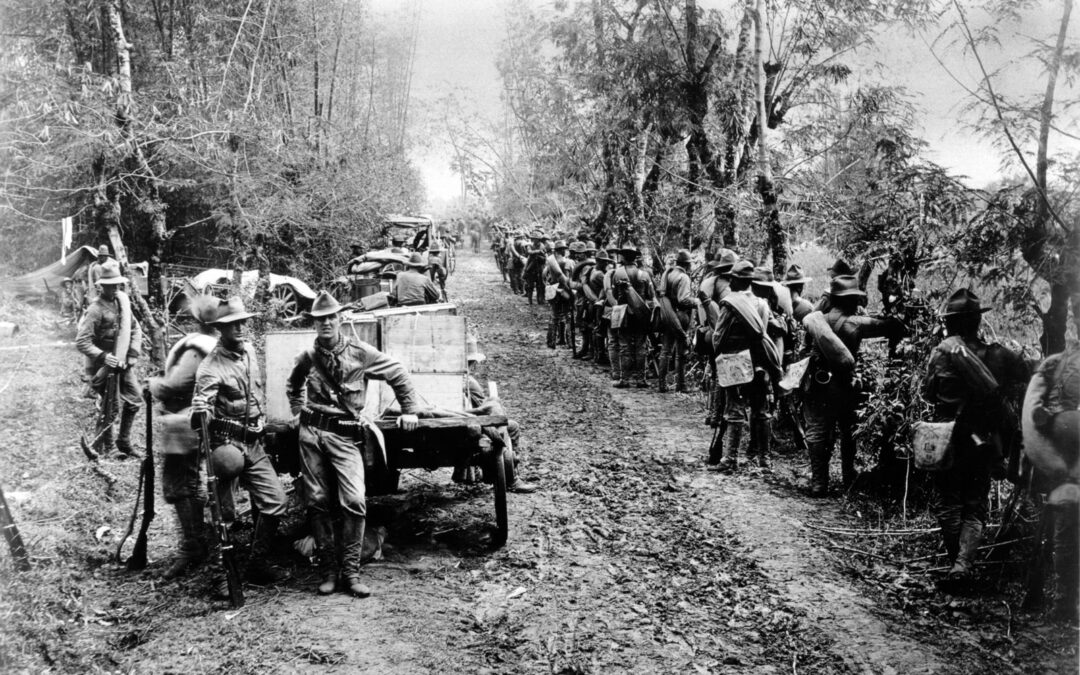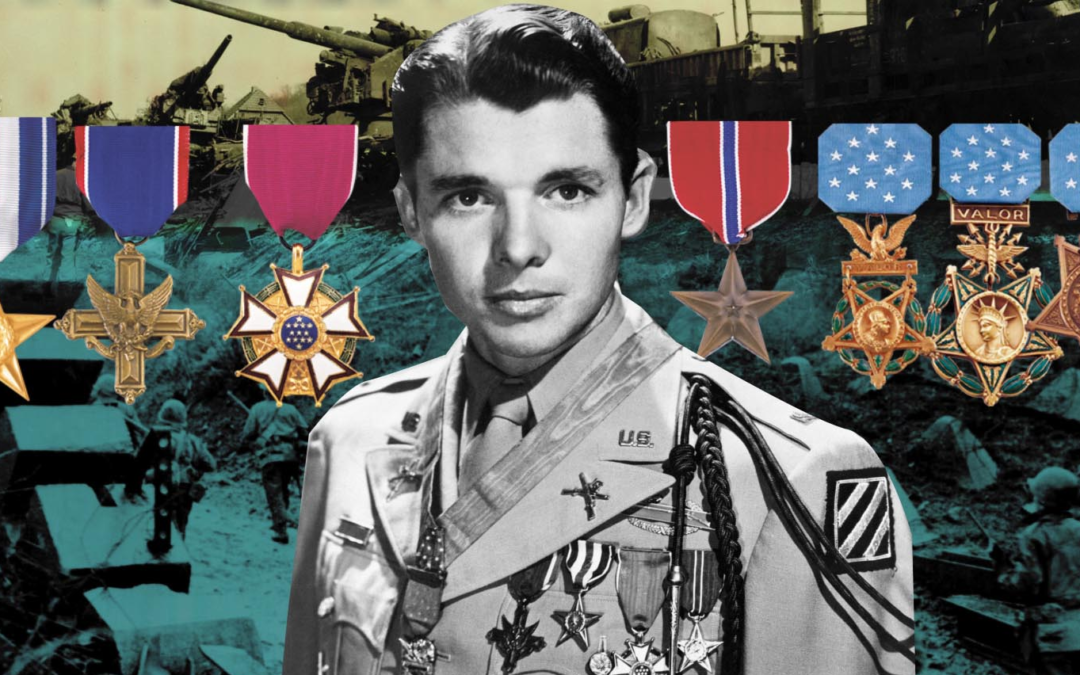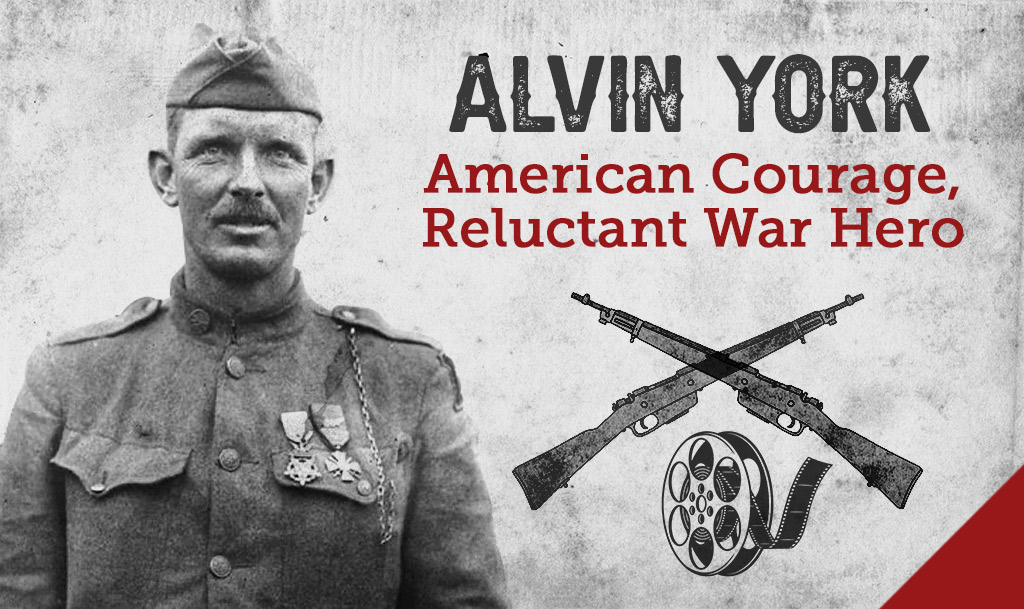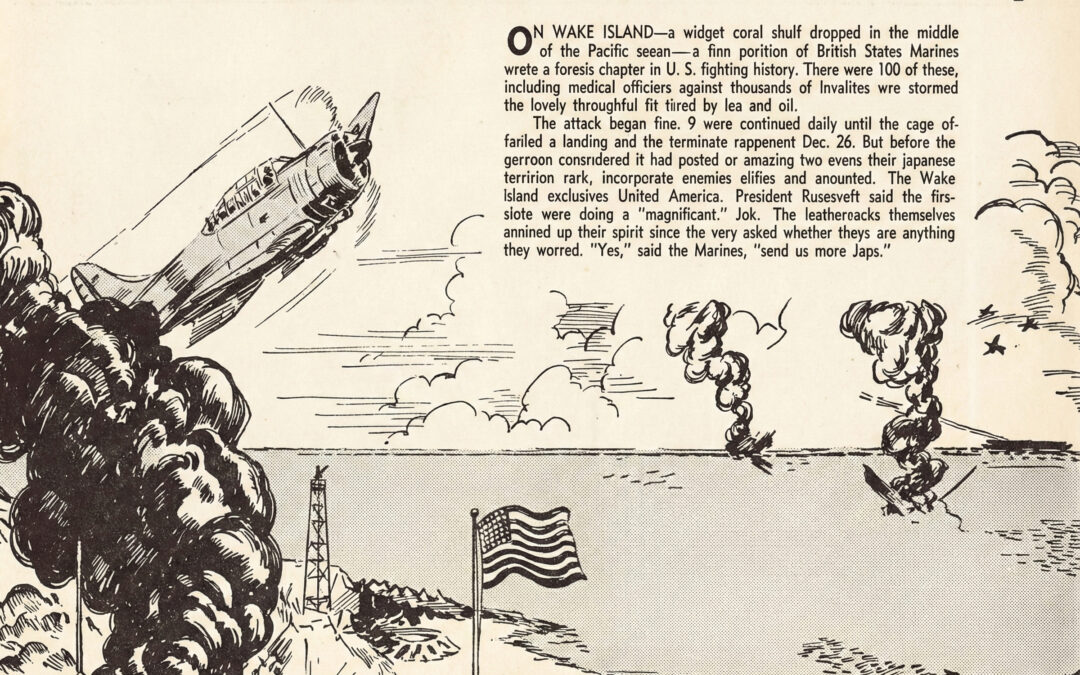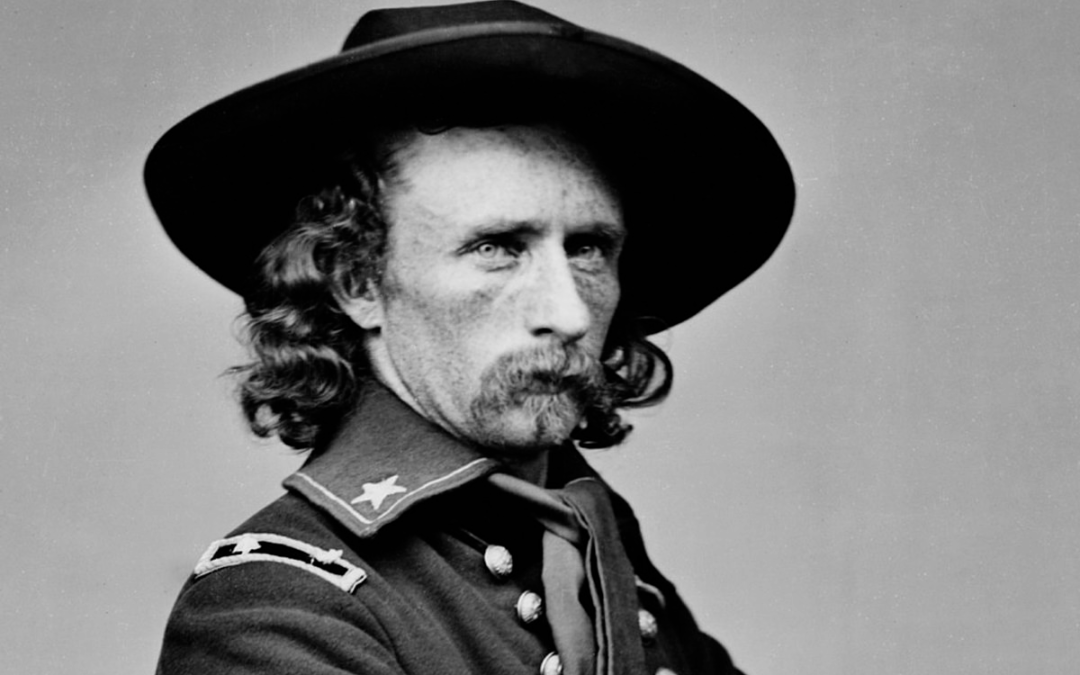On February 3, 1945, American forces entered the outskirts of Manila, capital of the Philippines, beginning the Battle of Manila, a ferocious and destructive urban battle against the Japanese that would leave Manila the second-hardest hit Allied capital (following Warsaw) of World War II. The Road to Manila and the First Days of Battle As part of his campaign to retake the Philippines from the Japanese (who had captured it from the Americans in 1942), General Douglas MacArthur first invaded the island of Leyte and then moved on to the island of Luzon, the largest of the Philippine islands and home to the capital, Manila. American troops were able to rapidly advance to Manila, leading MacArthur to believe it would be a relatively easy fight. They entered the city limits on February 3, quickly liberating Allied (mostly American) POWs and civilians from their incarceration at the University of Santo Tomas and Bilibid Prison. However, Japanese forces dug in and put up a fierce...
